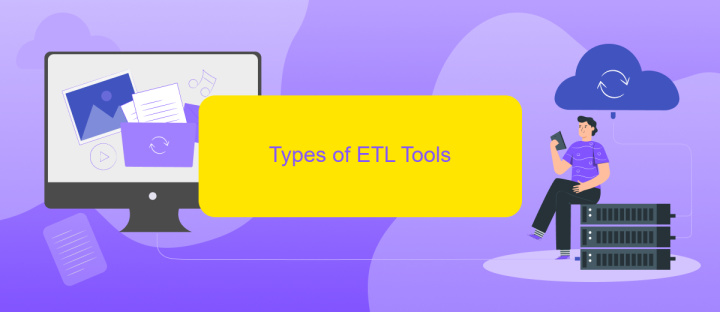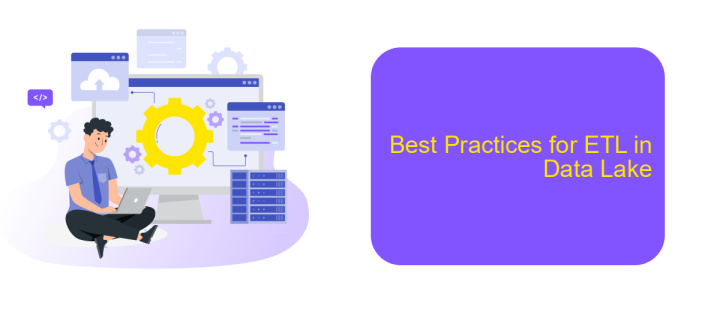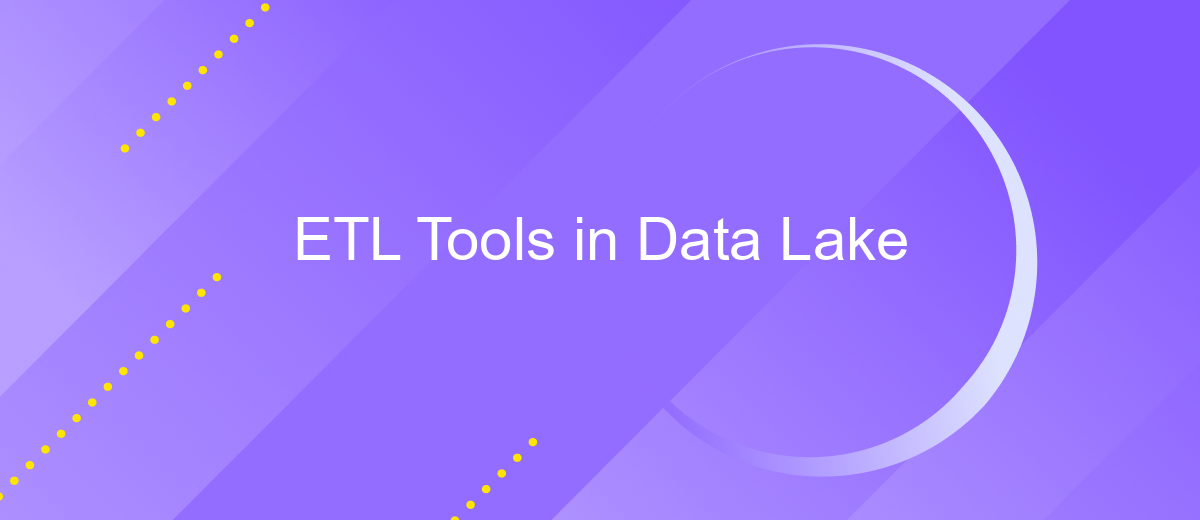ETL Tools in Data Lake
ETL (Extract, Transform, Load) tools are essential for managing data within a data lake environment. They streamline the process of extracting raw data from various sources, transforming it into a usable format, and loading it into a data lake for storage and analysis. This article explores the significance of ETL tools in optimizing data lake operations and ensuring efficient data management.
Introduction
In the era of big data, organizations are increasingly turning to data lakes to store vast amounts of raw data. ETL (Extract, Transform, Load) tools play a crucial role in managing and processing this data, ensuring it is clean, organized, and ready for analysis. These tools help in extracting data from various sources, transforming it into a usable format, and loading it into the data lake.
- Extract: Collect data from multiple sources, such as databases, APIs, and flat files.
- Transform: Clean, normalize, and enrich the data to make it suitable for analysis.
- Load: Store the transformed data into the data lake for further processing and analysis.
One of the tools that facilitate seamless integration between various data sources and data lakes is ApiX-Drive. This service allows users to automate the data extraction and loading processes, reducing the need for manual intervention and ensuring data accuracy. By leveraging ETL tools like ApiX-Drive, organizations can optimize their data workflows and gain valuable insights from their data lakes more efficiently.
Benefits of ETL Tools in Data Lake

ETL tools play a crucial role in the efficient management of data lakes, offering significant benefits. They simplify the process of extracting, transforming, and loading data from various sources, ensuring that data is clean, consistent, and ready for analysis. This automation reduces the time and effort required for data preparation, allowing data engineers and analysts to focus on more strategic tasks. Furthermore, ETL tools enhance data quality by automating error detection and correction, which is essential for maintaining the integrity of the data lake.
In addition to streamlining data processes, ETL tools facilitate seamless integration with other systems and services. For instance, using a service like ApiX-Drive can further enhance the integration capabilities of ETL tools, enabling easy connection and data transfer between different platforms. This not only accelerates the data flow but also ensures that data from various sources is consistently updated and synchronized. As a result, businesses can make more informed decisions based on the most current and accurate data available, ultimately driving better outcomes and competitive advantage.
Types of ETL Tools

ETL (Extract, Transform, Load) tools are essential for managing data in a data lake environment. They help in extracting data from various sources, transforming it into a usable format, and loading it into the data lake. There are several types of ETL tools available, each catering to different needs and use cases.
- Batch Processing ETL Tools: These tools handle large volumes of data in scheduled batches. They are suitable for scenarios where data does not need to be processed in real-time.
- Real-Time ETL Tools: These tools process data in real-time, making them ideal for applications that require immediate data updates and insights.
- Cloud-Based ETL Tools: These tools are hosted on cloud platforms, offering scalability and flexibility. They are perfect for organizations looking to leverage cloud infrastructure.
- Open-Source ETL Tools: These tools are freely available and can be customized according to specific requirements. They are cost-effective but may require more technical expertise.
- Integration Platform as a Service (iPaaS): Services like ApiX-Drive offer seamless integration capabilities, allowing users to connect various applications and automate data workflows without extensive coding knowledge.
Choosing the right ETL tool depends on factors such as the volume of data, processing speed requirements, budget, and technical expertise available. By understanding the different types of ETL tools, organizations can make an informed decision that aligns with their data management needs.
Best Practices for ETL in Data Lake

When implementing ETL processes in a data lake, following best practices is crucial for ensuring data integrity, performance, and scalability. Proper planning and execution can significantly impact the efficiency and reliability of your data pipelines.
Firstly, it's essential to design your ETL processes with scalability in mind. As data volumes grow, your ETL solution should be capable of handling increased loads without compromising performance. Using tools that support parallel processing and distributed computing can help achieve this.
- Ensure data quality by implementing validation checks at each stage of the ETL process.
- Automate ETL workflows to reduce manual intervention and minimize errors.
- Utilize metadata management to keep track of data sources, transformations, and lineage.
- Monitor and log ETL processes to quickly identify and resolve issues.
- Secure sensitive data through encryption and access controls.
For seamless integration with various data sources and services, consider using platforms like ApiX-Drive. ApiX-Drive allows you to easily connect and automate data transfers between different applications, reducing the complexity of your ETL setup. By leveraging such integration tools, you can focus more on data analysis and insights rather than managing data flows.
- Automate the work of an online store or landing
- Empower through integration
- Don't spend money on programmers and integrators
- Save time by automating routine tasks
Conclusion
In conclusion, ETL tools play a crucial role in the efficient management and processing of data within a data lake. These tools facilitate the extraction, transformation, and loading of massive datasets, ensuring that data is clean, structured, and ready for analysis. By leveraging ETL tools, organizations can streamline their data workflows, improve data quality, and derive actionable insights that drive informed decision-making.
Moreover, integrating ETL processes with services like ApiX-Drive can significantly enhance the automation and efficiency of data handling. ApiX-Drive offers seamless integration capabilities, allowing businesses to connect various data sources and automate data flows without extensive coding efforts. This not only reduces the complexity of data integration but also ensures real-time data synchronization, making it easier for organizations to maintain up-to-date and accurate data within their data lakes. As a result, businesses can focus more on analyzing data rather than managing it, leading to better strategic outcomes.
FAQ
What are ETL tools in the context of a data lake?
Why are ETL tools important for data lakes?
How do ETL tools handle data transformation in a data lake?
Can ETL tools be automated, and how?
What should be considered when choosing an ETL tool for a data lake?
Routine tasks take a lot of time from employees? Do they burn out, do not have enough working day for the main duties and important things? Do you understand that the only way out of this situation in modern realities is automation? Try Apix-Drive for free and make sure that the online connector in 5 minutes of setting up integration will remove a significant part of the routine from your life and free up time for you and your employees.


